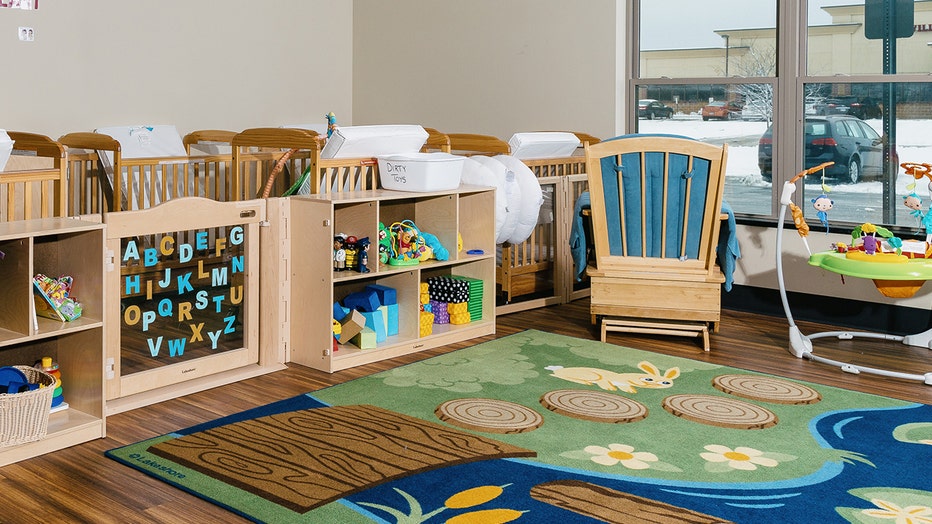Survey reveals how many parents have quit their jobs to raise children

Biden highlights what spending bill would mean for child care costs
President Joe Biden spoke at a Connecticut child care center on Oct. 15, explaining the impact his massive spending bill would have on child care costs.
A new study finds that 1 in 10 American adults are out of the workforce to care for their kids and more than 20% of working parents have had to leave their job to care for their children, underscoring the financial burden that child care costs impose on many parents.
LendingTree analyzed data from the U.S. Census Bureau Household Pulse Survey in May to uncover why parents are leaving the workforce. The company identified the number of parents who have left their jobs to care for their children and the states with the highest percentage of parents who left their job to care for their kids.
LendingTree found that just over 1 in 10 (10.7%) American adults who aren’t retired but aren’t working said in the survey that they’re not because they care for kids not in school or day care.
In addition, the study found that 20.7% of the parents who worked but didn’t have childcare arrangements had to leave a job to care for children, and 20.1% didn’t look for a job because they had to care for their kids.

In addition, 35% of parents reported using paid time off to care for children, 34.0% reported cutting hours, and 30% report taking unpaid time off to do so.
States where adults are most likely to be out of work to take care of children
LendingTree found that parents in Utah were the most likely forgo working to care for children. More than a quarter (27%) of non-retired adults out of the workface said the reason was to care for kids.
New Hampshire (24%) and Montana (18%) rounded out the top three.
RELATED: Child care costs are highest in these cities, data reveals
With an average family income of $128,164, parents may have more financial freedom in New Hampshire to allow one to stay home to care for kids.
In contrast, Montana’s residents spend the second-highest percentage of their income on child care. Here, parents are more likely to stay home out of necessity due to cost or access.
Survey: Percentage of people not working to care for children
- Utah: 26.6%
- New Hampshire: 23.8%
- Montana: 17.5%
- Hawaii: 16.8%
- Oklahoma: 16.3%
- Virginia: 15.3%
- North Dakota: 13.9%
- Missouri: 13.8%
- Oregon: 13.3%
- Texas: 13.2%
Study: Child care now costs more than a mortgage
A recent study found that child care costs are now outpacing inflation, with the typical American family barely affording both a house and child care in most of the country’s largest cities.
Affordability guidelines suggest housing should cost no more than 30% of a family’s monthly income, and the U.S. Department of Health and Human Services recommends child care should cost no more than 7% of their monthly income.
But Zillow’s analysis found that the typical household well exceeds these guidelines with a mortgage payment and child care now taking up at least 66% of an average household’s monthly income in 31 of the 50 cities analyzed.
RELATED: Child care costs are now rising at twice the rate of inflation, report finds
Another new report, published in June, revealed that child care costs are now rising at twice the rate of inflation.
The report found that between 1991 and 2024, the costs for daycare and preschool rose at nearly twice the pace of overall inflation.
"The child care crisis, which was simmering prior to the pandemic, has come to a boil," KPMG wrote in its report on May 28.
In April, Biden signed an executive order on Tuesday that contained more than 50 directives to increase access to child care and improve the work life of caregivers.
This news comes as child care costs continue to increase across the country. According to a LendingTree study conducted last year, day care costs an average of nearly $12,000 annually.

